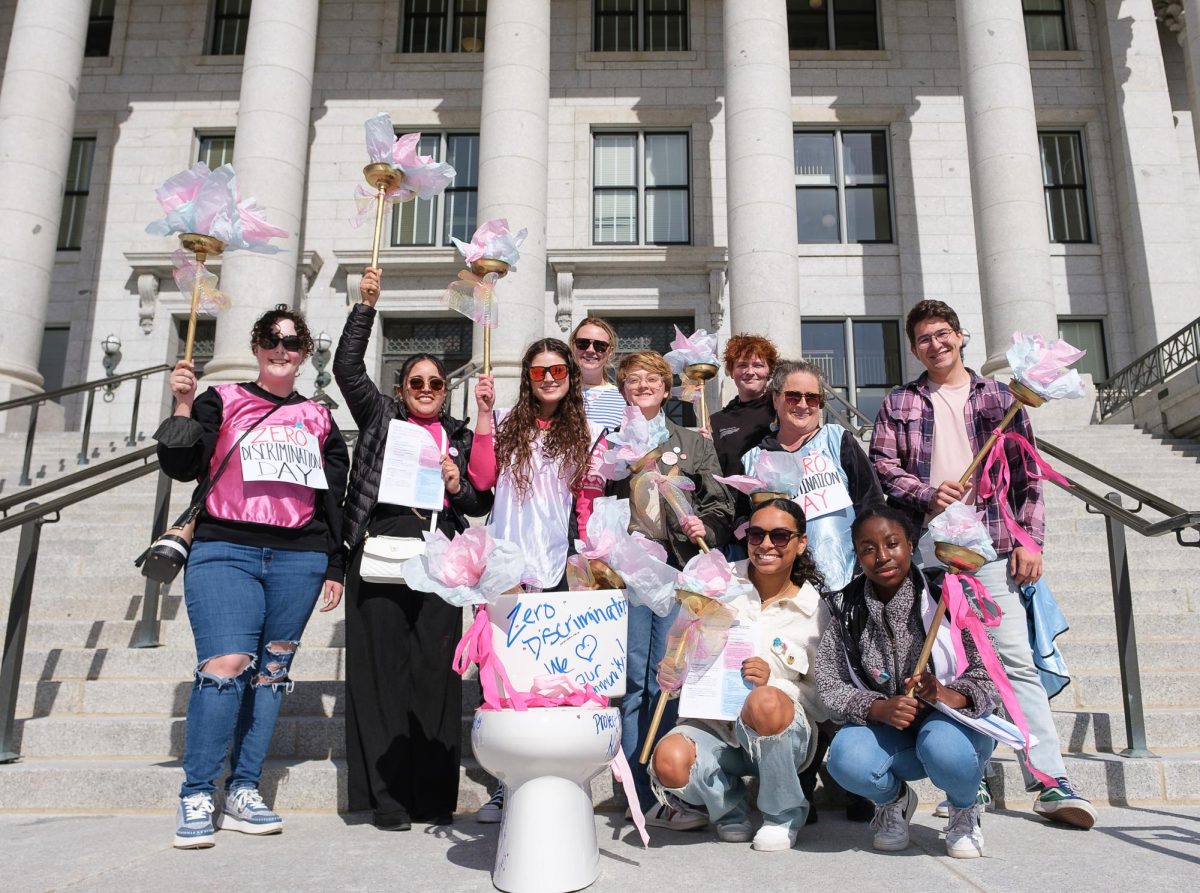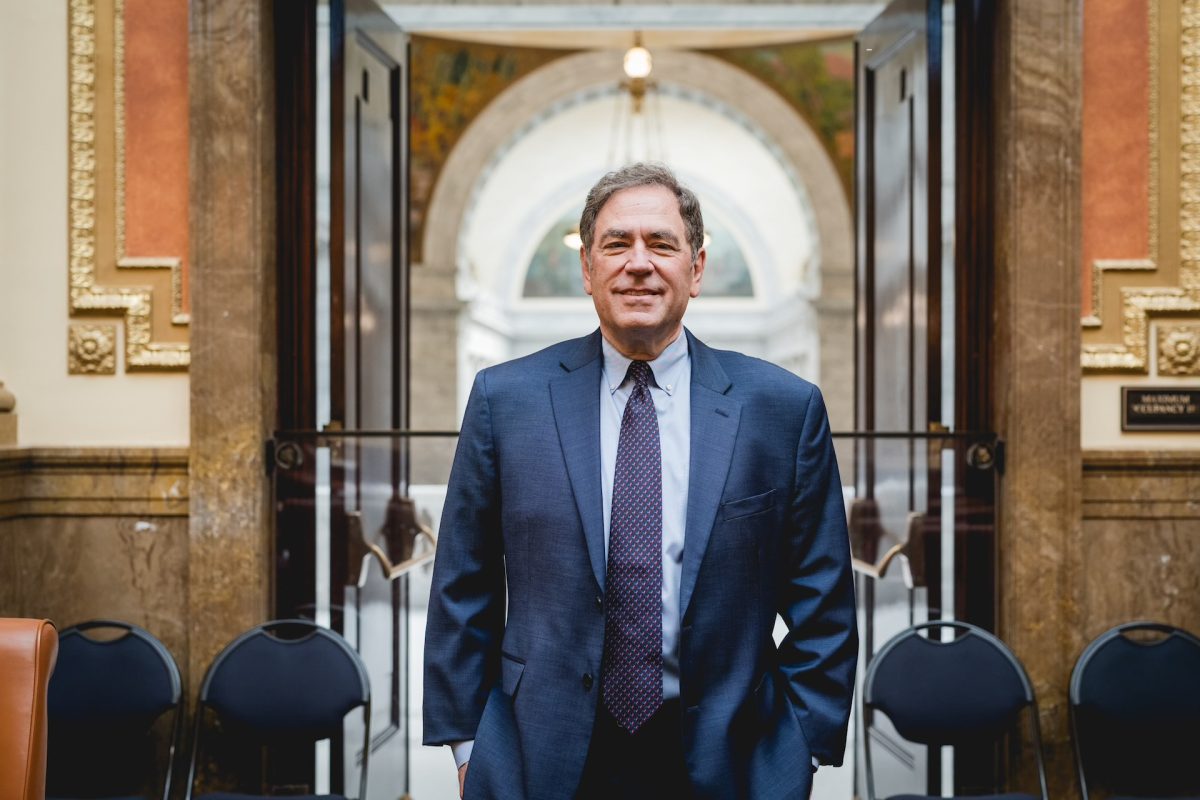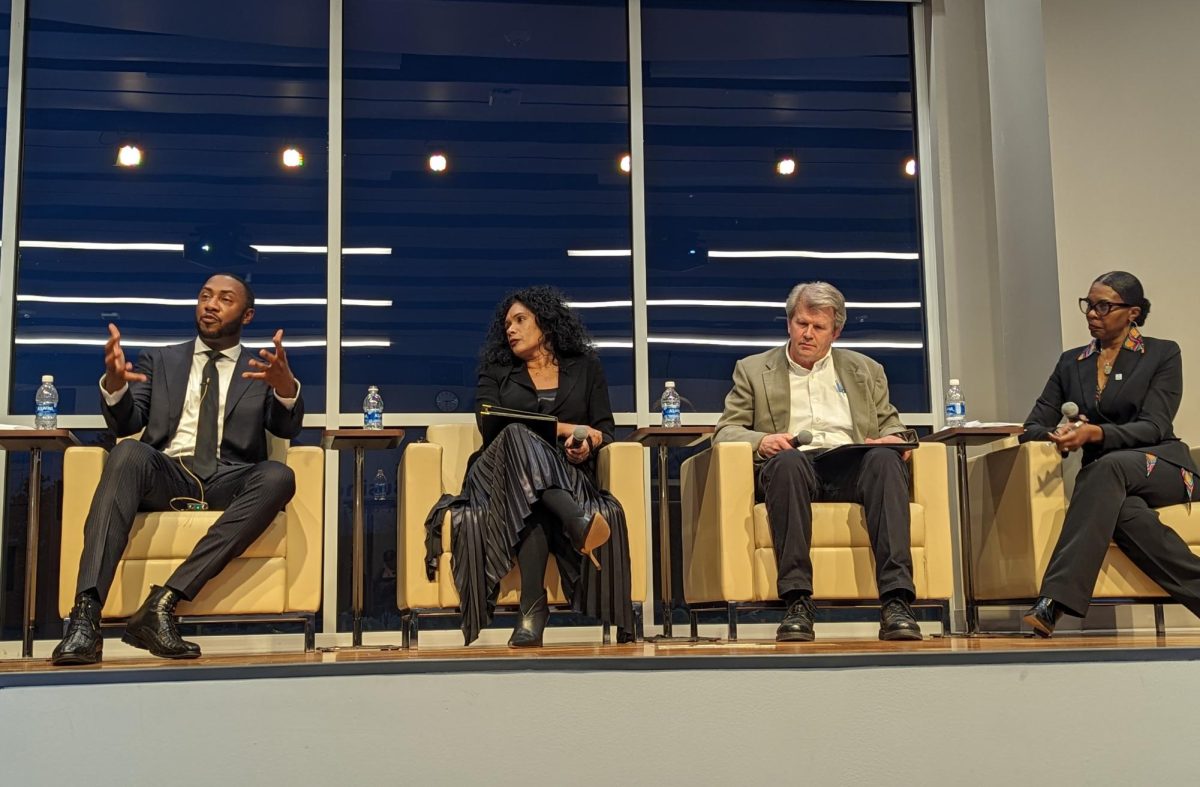
The U’s climate plan takes its own carbon footprint into consideration, but not its partners’.
Jeff Wrigley, energy manager for the U’s Facilities Management, said the U used 1.8 mmBtus of natural gas from July 2013 to June 2014 — 66 percent of the university’s energy usage.
The U has programs to offset these emissions, but the university also contracts with British Petroleum (BP) — a company that has been widely criticized for its questionable environmental ethics — to purchase natural gas.
The U signed the American College & University Presidents’ Climate Commitment Initiative, guiding the university to become carbon neutral by 2050. The initiative requires signatories to adopt two of seven “tangible action policies.” The U chose to require new construction to meet certain green standards and encourage public transit use and waste reduction, while opting out of “establishing a policy or a committee that supports climate and sustainability shareholder proposals at companies where our institution’s endowment is invested.”
Members of the climate commitment initiative committee were unable to be reached for comment.
Wrigley, however, said the partnership is inevitable.
“The only way you could accomplish moving away from Rocky Mountain Power would be through entirely renewable resources on campus, be it solar, wind, whatever, [to] generate our own electricity from natural gas,” he said. “And, again, we buy all our natural gas from BP, so it wouldn’t really solve that problem.”
Kevin Leecaster, member of the Climate Citizens Lobby and a former researcher at the U, said there are other ways to maintain the U’s commitment to sustainability. Leecaster is spearheading a march from Rice-Eccles Stadium to Presidents Circle on Feb. 13 as part of Global Divestment Day. The
protesters will deliver a petition to U President David Pershing.
“We’re asking them to take their investment money out of any fossil fuel industries,” Leecaster said.
It’s difficult to determine what, exactly, the U’s $668 million endowment is invested in. Because of its size, the U delegates the management of its portfolio to outside firms, which means the U can’t always control what it’s investing in, and reporting investments to the public isn’t required.
Mark Waite, an investment manager at the U, was interviewed by The Daily Utah Chronicle in March 2013, and said it’s “very likely” the endowment is invested in fossil fuel companies.
The U’s Investment Management Office does allow individual donors to invest in a social choice equity fund, managed by TIAA-CREF Financial Services. That money won’t go to socially questionable industries, such as tobacco, gambling and military weapons, but it does not exclude fossil fuel companies.
The Investment Office was unavailable for comment.
“If it’s wrong to wreck the planet, and the majority of scientists agree that burning fossil fuels is going to harm the climate, then it’s wrong to profit from the industries that are causing that harm,” Leecaster said.
Three other student groups have petitioned the university to divest from fossil fuel companies, but as members graduated or entered busy senior years, their efforts dissolved.
The most recent available energy data from 2012 concluded the U has increased its gross carbon emissions since 2007. The data is before new buildings, such as the Spencer Fox Eccles Business Building and the new Student Life Center were finished.
“Right now our focus is on energy efficiency,” Wrigley said. “It’s far more economical at this point in time to conserve our usage than to replace it completely with clean energy.”
@SeymourSkimmer




















